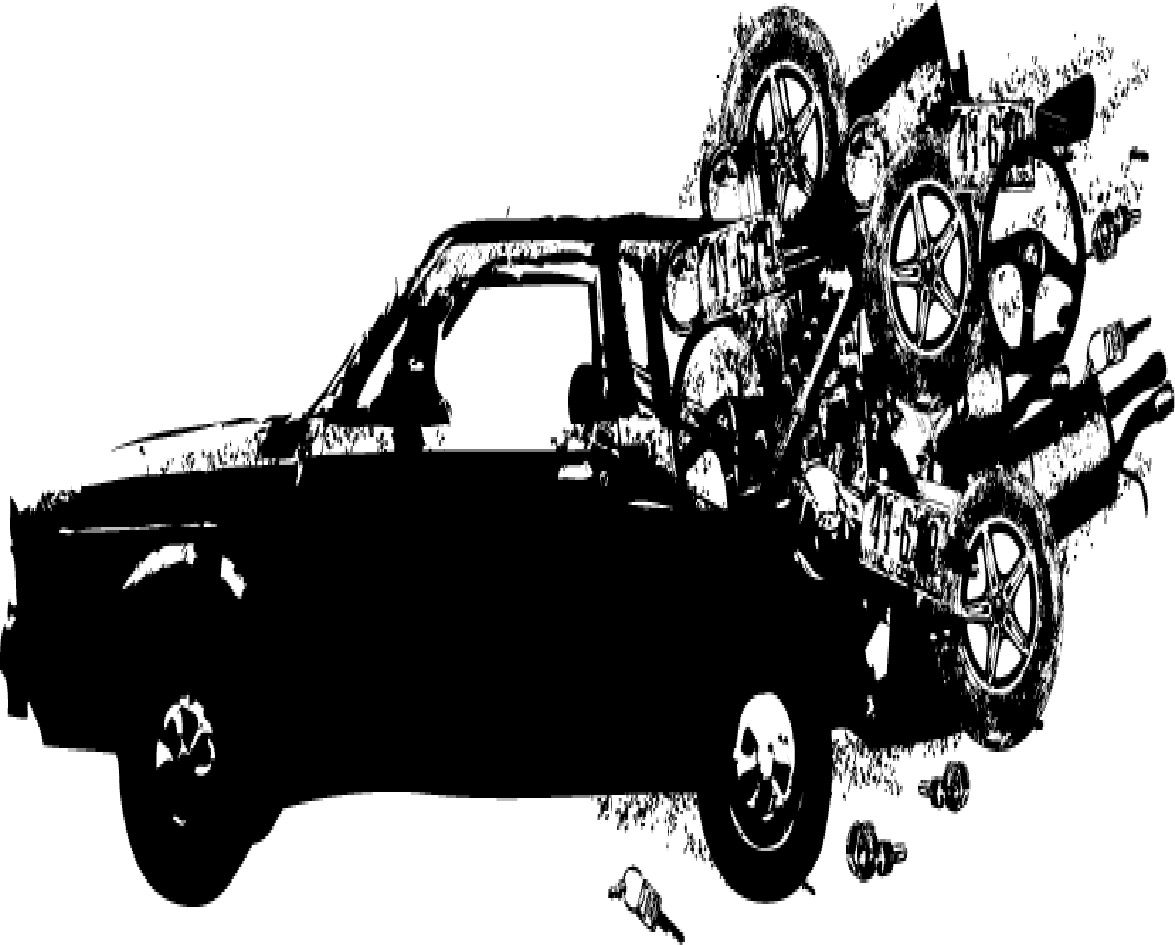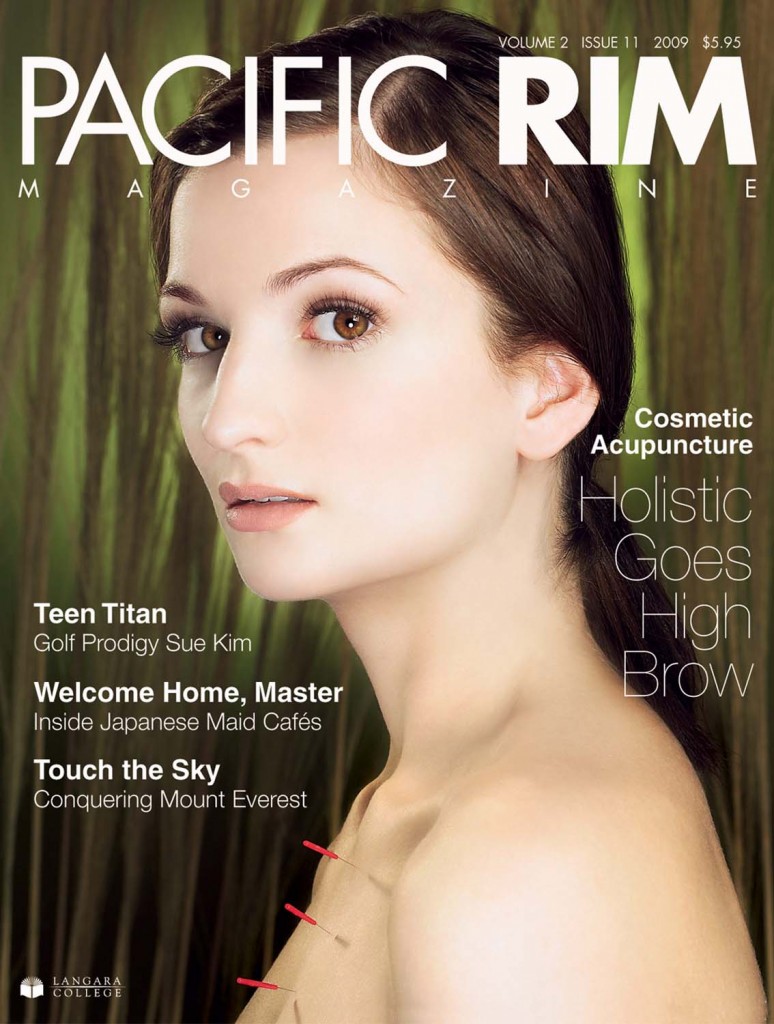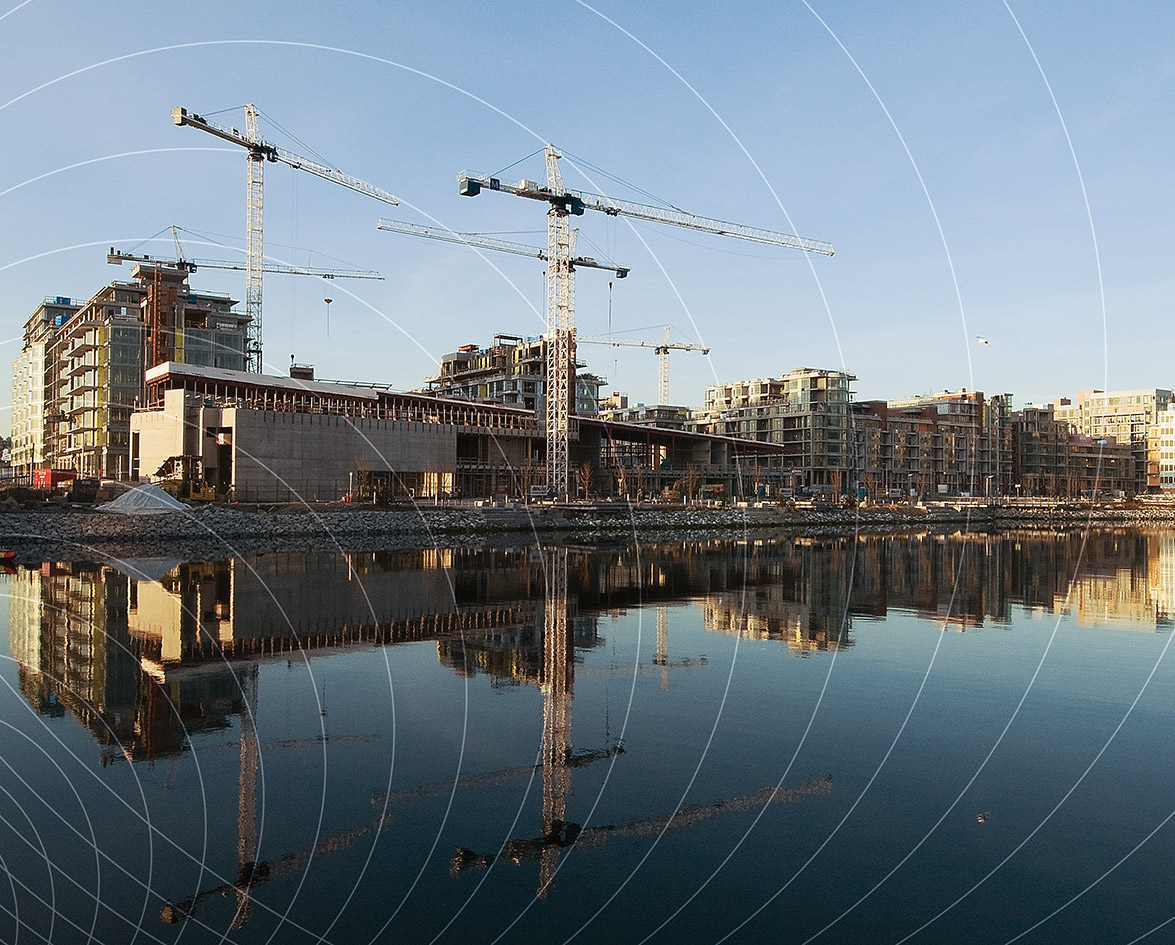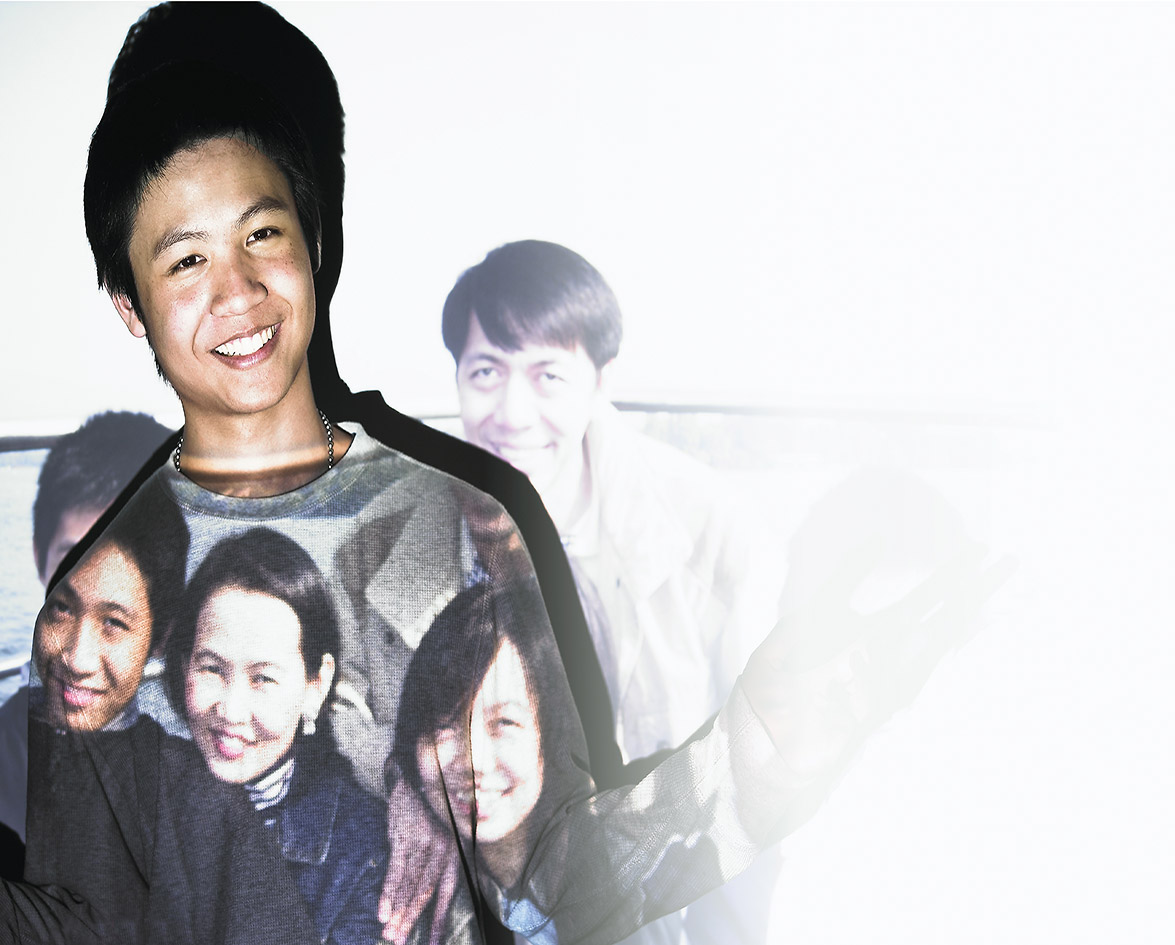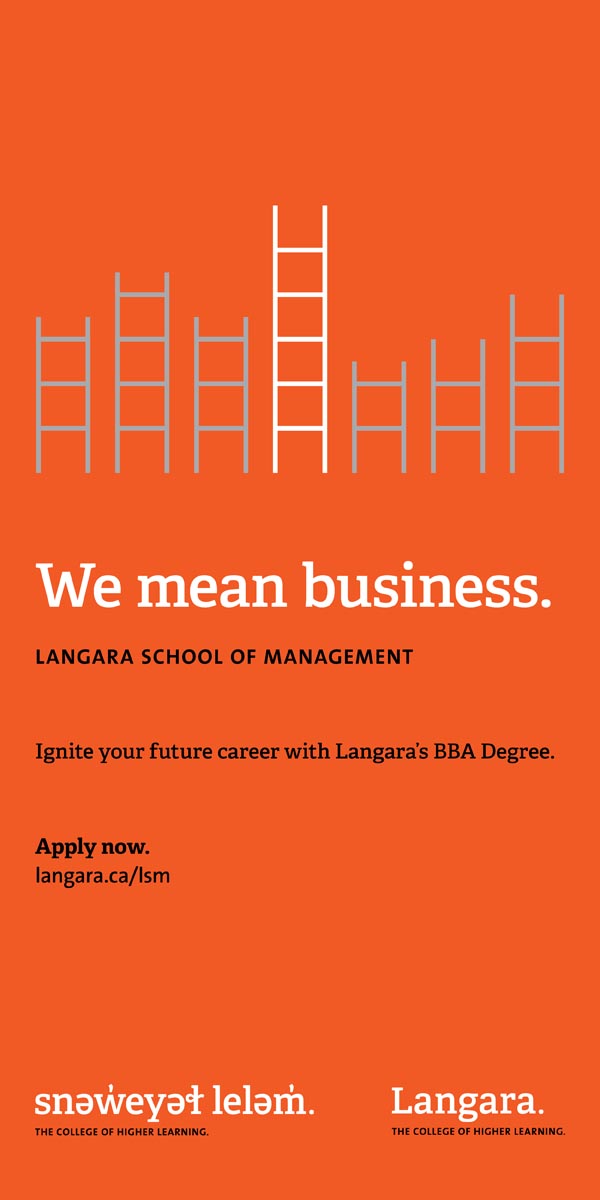On September 22, millions of people across the globe celebrate World Carfree Day. It is an event to bring communities together by shutting down streets and intersections, letting people stake claim to the concrete their feet barely touch during the rest of the year. It shows us that our dependence on fossil fuels must change as our resources diminish. With this celebration comes hope that it can be possible to live car-free. But is it realistic?
In some cities like Venice this is already a reality. However, places like Beijing and Vancouver still primarily depend on cars to get around. What is holding so many cities back? For Beijing, the growing economy is a factor. Prosperity was once measured in owning a watch, sewing machine or bicycle. Now, it’s measured in owning a sedan. In Beijing alone, car ownership went from 564,000 in 1993 to a staggering 2.3 million in 2005.
Leading The Carfree Movement
Ramses Rashidi lives in Los Angeles, but for 15 years he called China home. In 1995, he was helping to organize an event in Shanghai that introduced progressive architecture, building design and urban development. This is where he met Joel Crawford, the founder of carfree.com, and as Rashidi describes him, one of the unsung heroes in the Carfree movement. Crawford’s models for car-free cities inspired Rashidi to promote Carfree Day in Beijing.
“The Carfree movement as a reactionary movement, especially in countries like China, doesn’t have a great future because the government doesn’t like that kind of activism,” Rashidi says. This made him set up strategies that promoted Carfree without making it an activist agenda. His initial thought was to reach out to government officials and make models of Carfree cities— writing ideas and concepts for the Chinese government on how to build cities for people, not for cars. He hired interns from local universities and discussed ways to bring awareness to Carfree, as well as working with the Chinese media in trying to create a new mindset for his vision of the future.
Beijing had its first Carfree Day on September 22, 2007. Many journalists reporting on the subject noted no real change in the traffic outside of the blocked-off areas. The notion of living car-free was not grasped by the majority. Will China ever accept the notion of going completely car-free? Rashidi doesn’t think so. “It’s like taking a child to a toy store and saying ‘you can’t have these toys,’ ” he explains. “In a culture like China, car-free doesn’t make sense. They never had the opportunity for prosperity, and now that they do, they need to go through that honeymoon stage.”
This, however, doesn’t mean the event had no impact. The Chinese government launched a nation-wide campaign encouraging the population to use other methods of transportation to get to and from work in a week-long campaign that ended on Carfree Day. The government also brought back the car restrictions that were imposed during the 2008 Olympics: banning half the cars from the roads when the air pollution index reached 300 or higher. This was only on a five-month trial basis from October 2008 to February 2009. Although it was a small step, it was a step in the right direction.
Vancouver’s Carfree Movement
What about Vancouver? What is it doing to promote car-free living? Every Father’s Day, Commercial Drive is shut down to cars and opened up to people. Last year more locations were added, with Main Street, the West End and Kitsilano becoming part of the celebration. Families, hippies and hipsters alike took in the sights with musicians, cyclists, stilt-walkers, vendors and happy people dancing in the streets.
Carfree has been an annual event in Vancouver since 2005, functioning under small location-based groups of volunteers. It works out so that it is not one person pushing forward an agenda, but rather a collective who strongly believe in the importance of moving towards being car-free and weaning ourselves off of fossil fuels. They’re working on philosophies that go much deeper and broader than deciding which streets to shut down.
Unfortunately, like Beijing, when Father’s Day rolls around, there is still little visible effect on the streets that are not blocked off. It seems that, like Beijing, we are unwilling to step away from our vehicles. But with gas prices fluctuating, our economy falling and our fossil fuels depleting, perhaps Vancouver as well as the rest of North America will be forced to live car-free.
Reducing Our Impact
Naomi Steinberg, a board member of Carfree Vancouver, can appreciate the car as a tool and doesn’t advocate for Vancouver to be 100 percent car-free. She does feel that having our access to traditional fuel compromised can be a terrific opportunity. Then it will no longer be realistic to ship food into urban centres, and the solution will have to be urban farming. “We need to start producing our food locally, on a micro-scale in urban farms. It will create an enormous effect on our sense of community, our sense of dignity, the pride that comes with having a piece of land that produces food.”
She gives the UBC farm and the Strathcona farm as examples. The UBC farm was established in 2000 and is the only working farmland in the city of Vancouver. “Things have to scale down, and when things are scaled down, it’s much more imaginable to believe ‘I’m a part of this, my choices matter, I have an impact.’”
In our global society, Rashidi wants us to look at the bigger picture. “What the automobile industry is doing to the earth is like what cancer does to a body. If there is overgrowth in our cells, we call this disease. It is not just a problem for the cells that are overgrown; it kills the whole body.” Rashidi goes on to say that when an animal gets sick, it rests and doesn’t eat, allowing itself to heal. We are not allowing our global body to heal. “With one hand we are choking ourselves, and with the other we consume and are so happy to do so.”
When hearing from both Rashidi and Steinberg, the ideas and strategies in making Carfree a reality parallel each other. The most important points are education, building awareness and opening ourselves up to the idea that everything is relative.
The future for Carfree Vancouver is an exciting one. In the years to come, they plan on expanding and having all of Vancouver involved. They are also working very closely with Vancouver’s mayor, Gregor Robertson, who says he’s devoted to making Vancouver “the greenest city in the world.” What can they do to keep their message going? “We’ve got to make the revolution attractive,” says Steinberg. “A beautiful muse is a deep motivator.”





